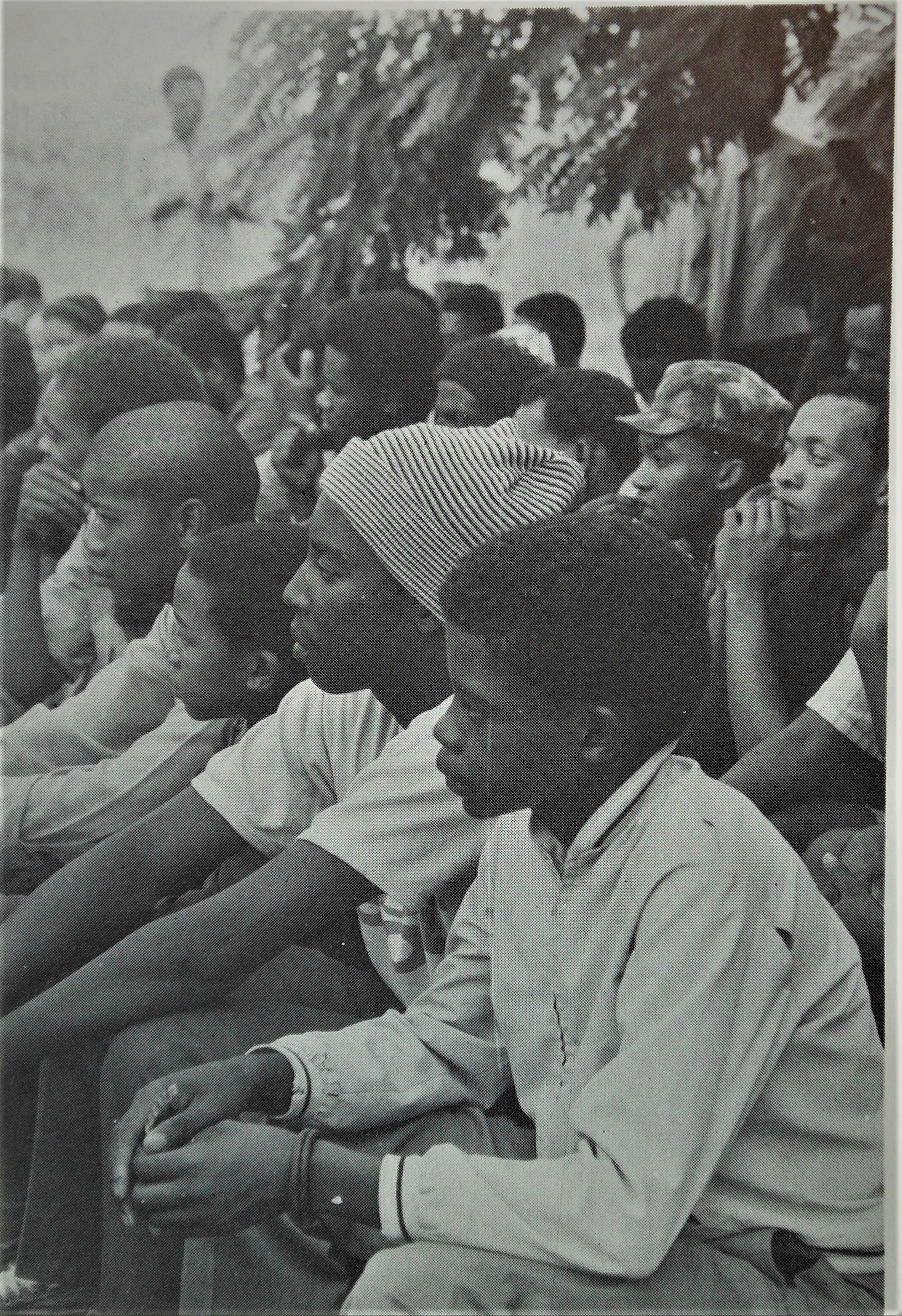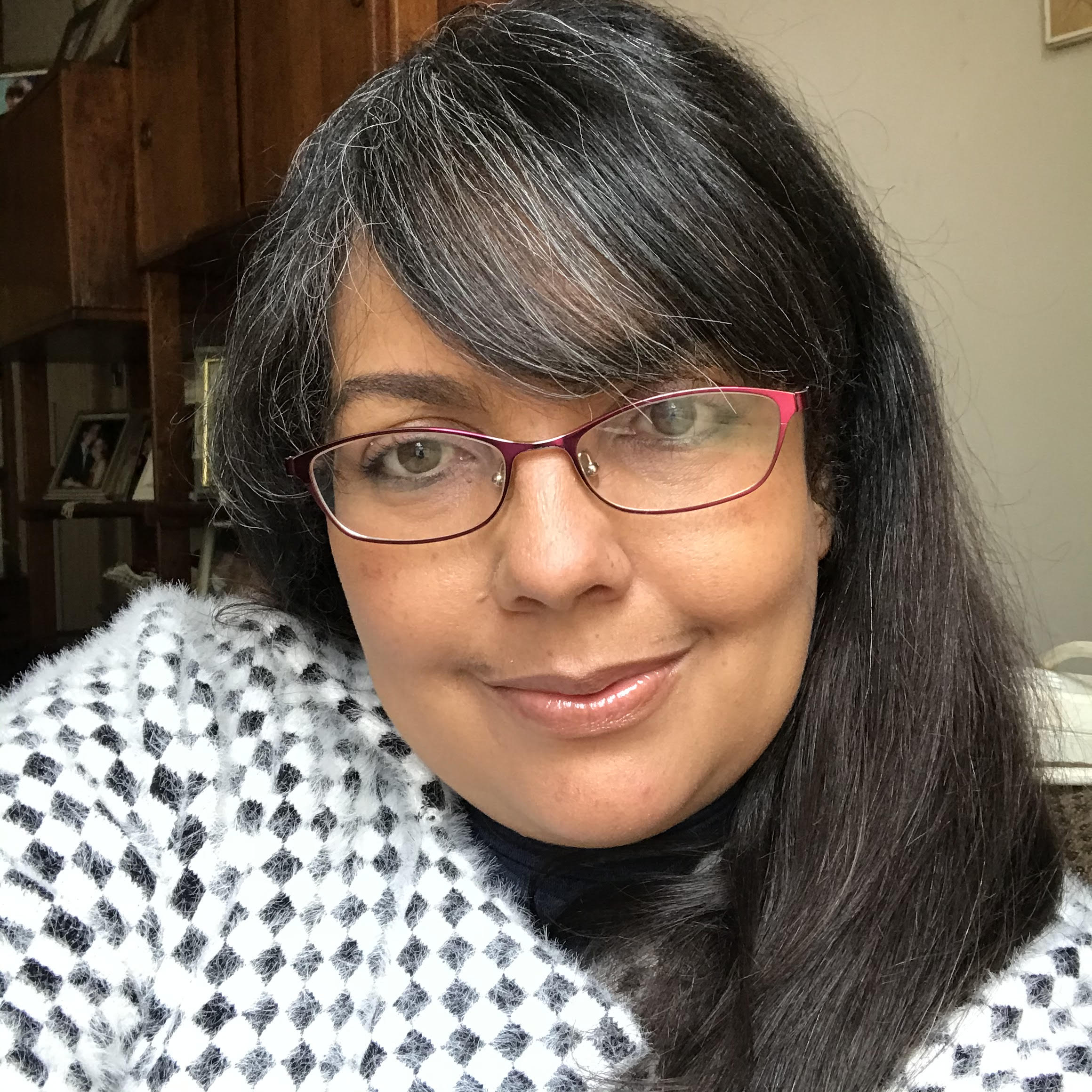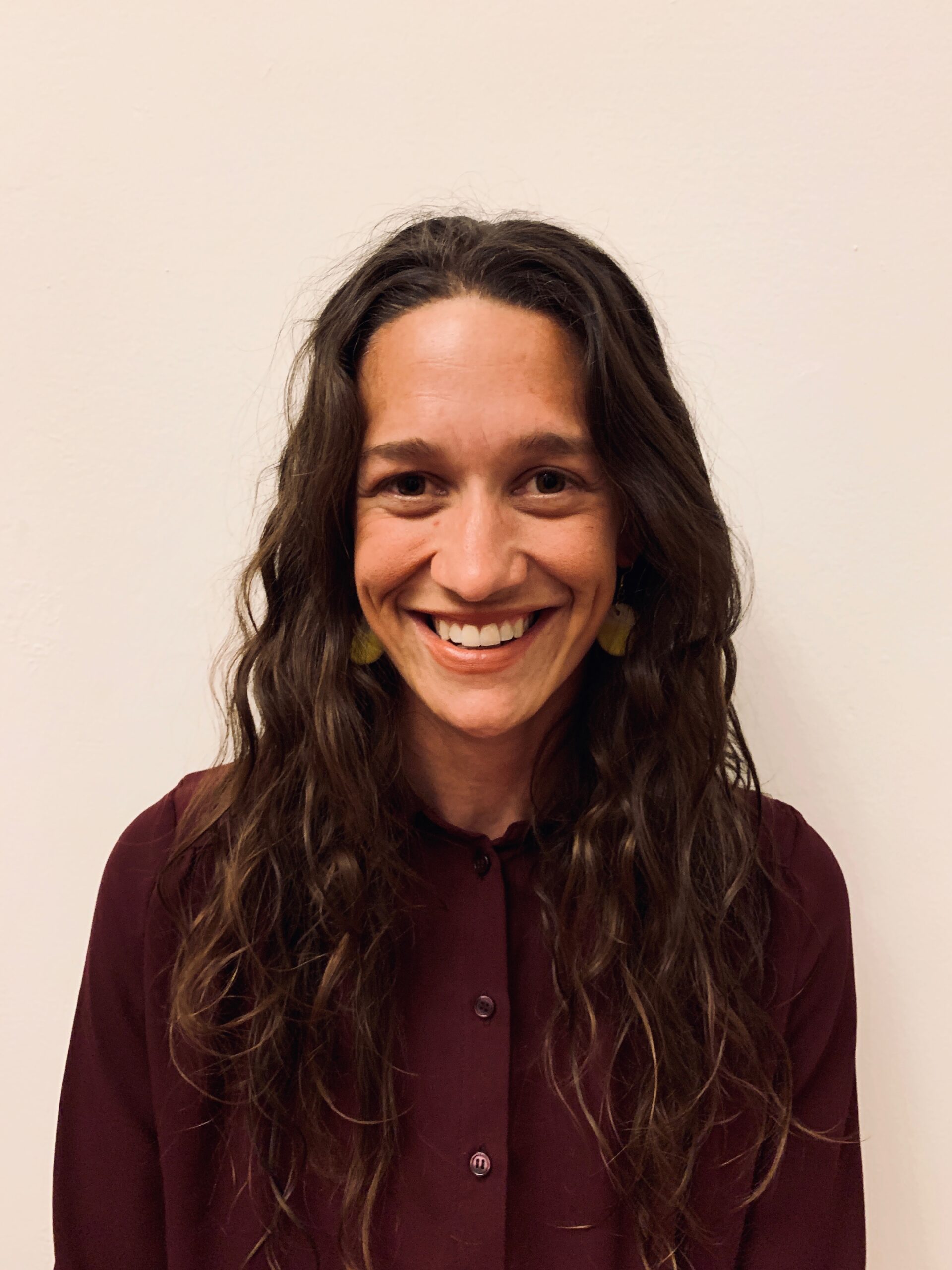“But Ma’am, we’ve done it so many times before,” – so goes the annual refrain from the chorus of learners – when first confronted with the prospect of learning about apartheid as they reach the second half of Grade 9 in many history classrooms countrywide. It happened, yes, of course it did, but now it’s in the past. We’re united now, with our multilingual anthem and colourful national flag. We need to learn about apartheid, a teacher may plead with a class, because we don’t want to make the same mistakes again. Because it teaches us about human rights abuses, and about how we shouldn’t judge each other according to the colour of our skin. And with that, almost half a century (to say nothing of the ones which came before) is trivialised in a moment of didactic opportunism and professional vulnerability.
It is an apathy shared across races and classes. Children from poor township schools seem as disinclined to learn about apartheid as their privileged, middle class and white counterparts. Perhaps they are echoing a sentiment more generally felt. One study of six schools found that even though the curriculum stresses diversity teachers explicitly address “their” groups and show no alternative perspectives. The South African Reconciliation Barometer has shown a creeping wilful amnesia over the past two decades concerning apartheid. Yes, a majority of South Africans acknowledge the injustices of apartheid, but that number declines with each passing year. Fewer white people in particular believe that apartheid was a crime against humanity, and that black people suffered violence and oppression because of their race, and were deprived of decent education and a proper livelihood.
Scholars seem to feel apartheid is overplayed. They know the curriculum-curated story loosely enough to provide you with a broad outline. They may mention separate benches for different races, or people not being able to go to the same beaches. But there’s no real chronology in this narrative. More often than not, it starts with the theatre of the end. The Grand Finale. That’s the best part isn’t it, in this romanticised and sanitised present? They’ve learnt about it in Grade 4 and Grade 6. Words like “democracy”, “freedom”, “reconciliation” and “citizenship” have been bandied around in classrooms. Privileged schools may have posters of Nelson Mandela on the walls — the cardboard curling over at a corner where the drawing pin has fallen out. The relics of the previous year’s “Great Leaders” project, waiting to be replaced.
In a global culture that privileges European experience, learners seem more affected by the Holocaust. This brings to mind the author Beverley Naidoo’s cry in an interview as she recounts becoming conscientised about apartheid: “I feel passionate about justice but how is it that I didn’t see what was going on in South Africa? How do you reconcile the child who cried about Anne Frank not seeing what was going on all around me?”
As it turns out, Germany’s far right is gaining ground and with it their downplaying, minimising and questioning of the history of Holocaust. The co-leader of the Alternative for Germany party described the Nazi era as a “speck of bird poop” on Germany’s history. It’s inevitable that politicians want to manipulate history. But in Germany, as in South Africa, misrepresentation of the past is a form of violation. Axel Drecoll, the director of the Sachsenhausen Memorial commented: “I’m deeply convinced that our consensus for a peaceful and rule-based existence is strongly based on the fact that we keep our critical reckoning with the past alive.”
The philosopher Susan Neiman agrees. She reckons that if Americans were more familiar with the darkest parts of the country’s past, “it’s hard to imagine that Trump would have been elected”. Of course he was, and it’s no coincidence that this same electorate is “fuzzy on the cause of the Civil War – slavery – and even more are unaware of the decades of racial terror and oppression that followed”.
The political importance of history may explain why the post-apartheid history curriculum was put together by committees that served as representatives of government rather than as experts. Teachers, universities and professional history bodies were minimally involved. Of the various school subjects which are offered in the national curriculum, the aims of history (and, from Grade 4-9, the Social Sciences) are the most explicitly linked to the post-1994 national project of active citizenship and social cohesion. Located within the syllabus documents themselves is the statement that “the study of history supports citizenship within a democracy by upholding the values of the South African Constitution and helping people to understand those values”, as well as by, inter alia, “…encouraging civic responsibility and responsible leadership” and “…preparing young people for local, regional, national, continental and global responsibility”.
The myths of nation states
The story of democracy and the new South Africa that is taught in history is not too dissimilar from the founding myths of nation-states which emerged during the European liberal nationalism of the 19th century. By the time they reach Grade 12, we expect our students to hold a certain degree of naive myopia when engaging with the history of the transition to democracy. Plotted into this particular historical narrative are key points which serve to support the view that it was a result of a few, big, mostly men that apartheid came to an end and that compromise and negotiation should always prevail: despite the violence (or because of it, depending on which side you choose), it was because of the willingness of Mandela and FW de Klerk to reach a compromise that democratic South Africa was born. Over a quarter of a century later, there can be no shortage of 17- and 18-year-old young citizens gazing out of their classroom windows (where windows can be found), intuiting the incompleteness of this narrative.
What they are reacting against is the triumphant declaration of a transformation narrative, seeping hope from its many cracks. Speaking at that time about the memorialisation of Robben Island, which, then as today, is South Africa’s most powerful symbol of the narrative of triumph, Ahmed Kathrada declared: “While we will not forget the brutality of apartheid, we will not want Robben Island to be a monument of our hardship and suffering. We would want it to be a monument reflecting the triumph of the human spirit against the forces of evil, a triumph of freedom and human dignity over repression and humiliation … a triumph of the new South Africa over the old.”
The transformation of South Africa was not a triumph as much as it was a negotiated surrender for both sides, and part of the surrender was what and how much would be remembered. A Truth and Reconciliation Commission investigation found that from 1990 to 1994, the apartheid government destroyed “huge volumes of public records … in an attempt to sanitise the official record and keep the secrets of the apartheid state buried.” But that was not all. By that time they had also destroyed many of the buildings, records and individuals involved in the struggle, wherever that resistance was in the world.
Archive of a time destroyed
There is evidence for those years, in the liberation archives of struggle and solidarity organisations. The Canon Collins Trust has an archive. It’s small – the bulk of the original archive belongs to the International Defence and Aid Fund (IDAF) Collection, which is now housed at the Mayibuye Centre at the University of the Western Cape. Like every other archive, it cannot be comprehensive. The archive of IDAFs information programme is substantial though. In as much as they could under the circumstances, they catalogued every detention, death, torture and assault on individuals in Namibia and South Africa (and anywhere in southern Africa where the South African Defence Force struck); every attack by the government on schools, communities, camps; every conflict and political trial, death sentence, and prison release. Affidavits were taken by the director Horst Kleinschmidt from every South African lawyer that stepped onto European soil (in as much as possible) to capture what was happening under South Africa’s veil of secrecy. They commissioned photographers to go into the country and put them in touch with the underground movement. They then used this information to produce a bimonthly journal Focus on Political Repression in Southern Africa, books, pamphlets, photographic exhibitions, videos and other audio-visual materials.
Archive historian Geraldine Frieslaar, explains in her PhD thesis, “as a result of the politics of post-apartheid South Africa, liberation archives became caught within a nationalist liberation narrative that encourages selective amnesia while simultaneously venerating other aspects of the liberation struggle that fitted with a particular liberation struggle narrative as authorized by the state”. Perhaps the problem was that by the end of that protracted battle against apartheid, the two sides of the war were beginning to resemble each other too closely – both sides had too many secrets, tendencies toward “control, dissimulation, accountability or lack thereof”. Both sides seemed to have something to lose in bringing everything to the light of day. A new culture of remembering and accountability brings new evidence and historical understanding into the open.

The ‘war against children’
The most immediate story that IDAF’s archives tell which began in the 1950s, was that the period after 1976 till 1990 saw its greatest and most intense activity. This was the era of mass mobilisation that led to the dramatic and “sudden” ending of apartheid, and the demand for legal assistance, social welfare and information skyrocketed. It is an era that the history curriculum gives less than 20 minutes of consideration to.
Hector Pietersen was the first child to be killed by police in 1976. In the 14 years that followed, children and young people were the target of the South African government’s war against apartheid resistance. Known as “the time of the comrades”, schools and communities became the sites of unspeakable violence. During the 1980s, under President PW Botha, the apartheid government carried out murderous brutality on an unprecedented scale. The IDAF archives tell the stories of these lesser gods – of women and children with dead or detained fathers. Like cannon fodder before the daily tortures and omnipresence of evil, in all its banality, they fought with all their might.
And they fled across the borders in their thousands, many making it to the ANC’s school in Tanzania, the “Solomon Mahlangu Freedom College”. The Canon Collins Trust was formed in order to meet the need for scholarships that arose at this time from young apartheid refugees who made it to England via camps or the school in Tanzania. Our archives of scholarship applications from this era bears testimony to this thick stream of asylum seekers.
For example, there is an interview with a young Nkosazana Dlamini, conducted while she was completing her medical degree at Bristol University, which appears in a 1978 Christian Action pamphlet: “The South African government is ruling the country through the use of violence. Those who wish to avoid violence must fight the government. Liberation can only come this way. We like peace and love life, but we like freedom more,” she is quoted as saying.
In 1986, President of the ANC, Oliver Tambo proclaimed over Radio Freedom: “The Young Lions, they must roar!” A female activist remembers, “that’s when we started to roar. We have to burn the schools, we have to boycott the classes …we have to make the world shake!”
In the two years following Tambo’s call, IDAF recorded: “300 children killed by police, 1 000 wounded, 11 000 detained without trial, 18 000 arrested on charges due to protest, and 173 000 held in police cells while awaiting trial. Approximately 40% of all detainees were under eighteen years old.” The Guardian described the state of emergency during the 1980s as a “war against children”. While in detention many of them were subjected to some form of physical abuse, ranging from electric shocks, severe beating, strangulation, deprivation of food, water and sleep to a variety of forms of psychological torture including solitary confinement.” (Children and Apartheid). Children who were held or detained under the Emergency Act were not allowed to contact their parents or a lawyer. That brutality continued to 1990, when OR Tambo again addressed South African youth: “I salute you, the young lions, for unflinchingly bearing the brunt of state repression.”
The media’s influence was profound, and it continues to shape the way we describe black child and youth activism to this day. Some described a violent and brutal situation orchestrated by anarchic, barbaric young people. Other media described children as hostages of apartheid and victims of human rights abuses. None, said Mike Terry, then director of the Anti-Apartheid Movement, saw the mass mobilisation for what it was: “the decisive force for change”.
Youth’s significant contribution
For many, the extreme violence they suffered at the hands of the police, was evidence of the significant contribution they were making in the fight against apartheid. They recalled with pride what they had to endure: “Yes, we lost some of our comrades … others, they were detained … But we didn’t stop because of that.”
Testimonies made at that time were not just of survival, but of the sophisticated skills that children and young people had developed to organise themselves in order to overcome and defeat their oppressors. In her 2015 study, Emily Bridger interviews child and youth activists from this era, decades later. As children, their resistance gave them a means to push against what they were suffering and thereby cope. It also gave them a sense of political efficacy and personal agency that would serve them well in adulthood.
Perhaps one of our greatest losses in giving so little time to 14 of the most brutal and hard-fought years of the anti-apartheid struggle is the lesson that in the “Era of the Comrades,” young people discovered the power of their social agency – that when faced with a situation of overwhelming violence and oppression they are capable of “responsible, rational and violent actions themselves”.
As the sutures of structural inequity in South Africa continue to fray, schools have remained sites of embedded physical and symbolic violence. One could argue that the riots of 1976 marked the beginning of a long history of educational activism in South Africa that continues to this day.
Educational activism is ongoing through the work of organisations such as Equal Education and Bottomup – both targeted at developing political literacy and agency in learners, caregivers and teachers. They mobilise young people who are directly affected by education challenges, and have won tangible victories for learners across South Africa.
One could reason that the youth of the historical actors of the 1980s makes it an era in history more accessible to learners. There is the proximity of age and the relevance that educational activism is ongoing. South African history is just as much about broader movements as it is about the individuals who so often form the focus of the syllabus. It is about standing up to oppression and holding the government accountable for socio-economic and political ills. It is about conscientising young people to be critically engaged with the world around them on a local and a global scale.
This article was developed as part of the blog project “Troubling Power: Stories and ideas for a more just and open southern Africa”, which marks the 40th anniversary of the Canon Collins Educational and Legal Assistance Trust.





